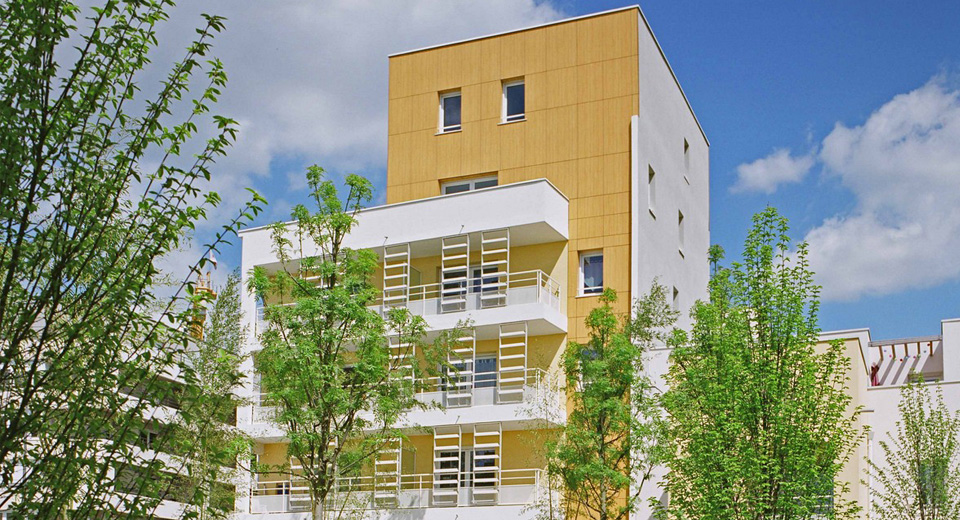
Innovating in the area of urban development in neighborhoods and citywide while assessing project energy performance. The CSTB supports developers, local authorities, industrial companies and operators. Specifically, it offers its expertise in the dynamic modeling of energy systems using the new DIMOSIM software package. In 2014, CSTB assisted the Plaine du Var EPA (Plaine du Var Public Development Agency) with its plans for the Nice Méridia neighborhood.
Expertise in energy system modeling
Developing an entirely new neighborhood, rehabilitating an existing one or designing a new block of buildings: the CSTB uses its expertise in dynamic modeling to help stakeholders involved in projects like these to choose the highest performance energy systems. The CSTB also guides operators in optimizing their existing energy systems.
To do this, it uses the new DIMOSIM software package to compare alternative technology solutions. The solutions include the choice of energy sources and management, their degree of centralization and the means of energy distribution (for example, cogeneration, heat pump system, photovoltaics or local heating network). They can also be specific to buildings (envelope insulation, high-performance glazing, etc.).
Did you know?
The CSTB made one of the most significant advances in 2014 when it created a way to link DIMOSIM with urban digital modeling. Since digital modeling includes 3D representations of building geometry, the effects of shadows on buildings can be considered when calculating overall energy performance.
Examples of projects in France and around Europe
At the heart of the Nice Côte d’Azur metropolis area, the future Nice Mérida neighborhood wants to set the example when it comes to sustainable development. To help the Plaine du Var EPA achieve its goals, a consortium bringing together Embix, Seban Associés and the CSTB developed an Energy Master Plan for the neighborhood. In 2014, as part of this study, the CSTB used DIMOSIM to model and simulate a series of scenarios for the entire neighborhood and analyzed them based on energy and environmental criteria,
explains Peter Riederer, CSTB engineer.
This comparison made it possible to fine-tune the initial estimates for decentralized heat generation, which supplies the neighborhood heating network. The solution was then reviewed to determine its flexibility, cost and performance. The study also verified that this energy system will meet the requirements of all building uses once occupied (heating, cooling, domestic hot water, ventilation, photovoltaic power generation, etc.)
.
The CSTB used DIMOSIM to assess the potential for improving energy performance in existing science and technology parks, including Sophia Antipolis (as part of the European Smart-MED-Parks project). It also developed and tested inventive management strategies in neighborhoods in Italy, Belgium and the UK (as part of the European RESILIENT project).

 Energy & Environment
Energy & Environment